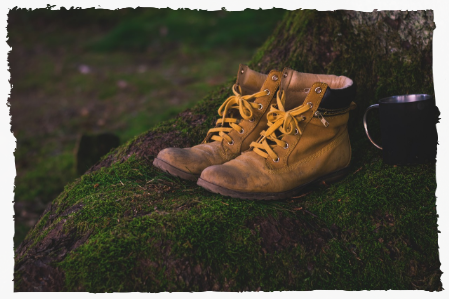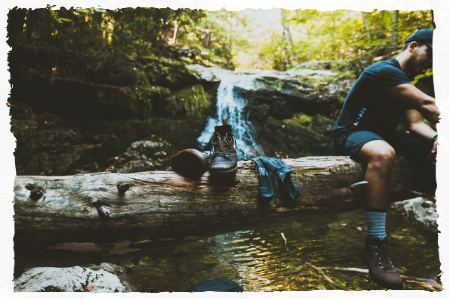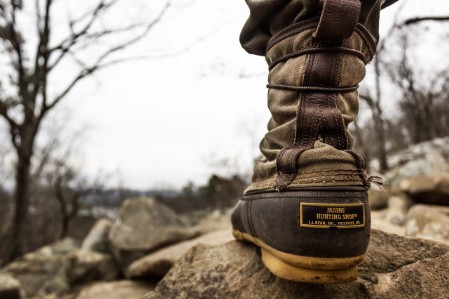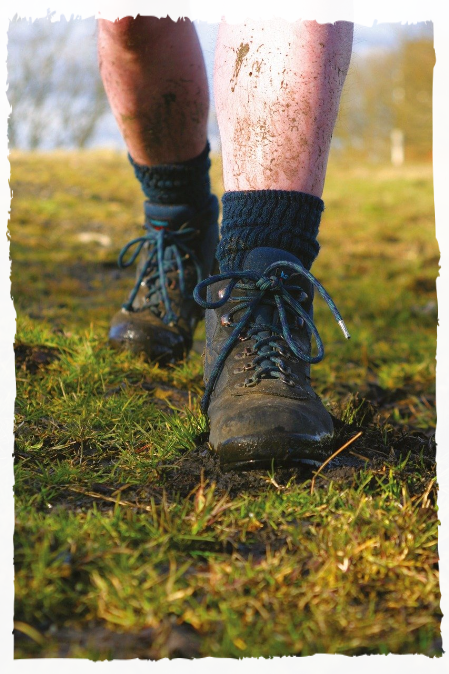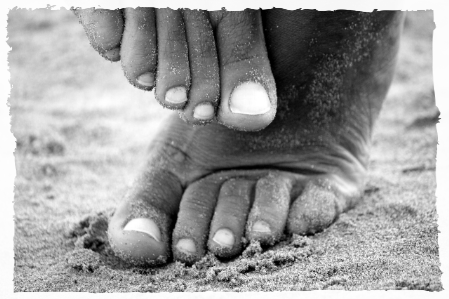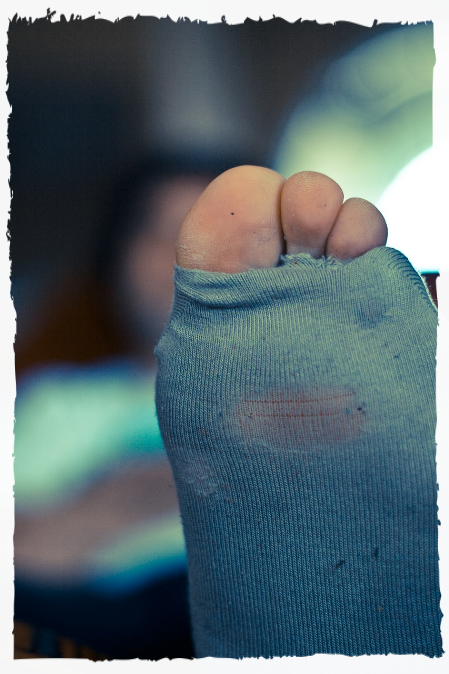18 Ways to Prevent Blisters
No one wants a painful blister messing up your hiking trip. Fortunately they can be easy to avoid if you take these simple steps.
*Ensure your boots are the correct size
The size of your boots is very important as; too small and it can cause unnecessary pressure on your feet, and too big and your foot can move around too freely; possibly causing rubs and blisters.
*Wear good hiking socks
Socks act as a cushion between your feet and your boots, wick away sweat, help you foot to fit snugly into your boot and act as a friction barrier to stop you foot rubbing again the hard material of your boots. These are all important jobs so it is worth spending money on good quality socks! Wearing thin ‘inner’ and thick ‘outer’ socks can also help prevent rubbing and blisters.
*Keep you feet dry
Moisture on your skin for long periods can soften the skin leaving them prone to blisters, it also stops your socks from being as effective at cushioning your feet. If you stop for a break; take the opportunity (weather permitting) to take off your boots and give your feet a good airing. If your feet get wet, change into dry socks as soon as possible.
*Keep toenails trimmed
Toenails that are a bit too long can press against the front of the boot, ouch, and also put an upward pressure on your toes which can rub against the top of the boot causing blisters.
*Treat “Hot Spots” as soon as possible
If you foot is rubbing against your boot, even just a small amount, it can cause a blister. A “Hot Spot” is the first warning sign that a blister is on the way. If you feel a slightly warm spot on your feet or ankles then put a plaster, or other blister preventer right away. It can stop the hot spot from becoming a painful blister.
*Check shoes and socks for foreign objects
Even tiny bits of grit, twigs, dirt or other foreign objects caught in your socks or boots can cause a blister by pressing into the skin, even if you don’t initially feel the tiny speck, the constant pressure and movement of walking can easily cause blisters.
*Correctly lace your boots
Over or under tightened laces has the same affect as ill fitting boots and can cause pressure on your feet or allow them to move too much and cause rubs. Adjust your laces so your boots grip your feet gently without hurting or allowing excess movement.
*Lighten your Load
The more weight you are carrying means that your feet have to work harder and there is more pressure on your feet. Remove any unneeded items from your backpack or invest in some lightweight equipment. (This also helps your back too!)
*Refrain from using skin softening products on your feet
Anything that makes your skin softer can make your feet more prone to blisters. Unless there is a medical need, best to allow the skin on your feet to harden up a little.
*Apply Witch-Hazel
Witch-Hazel applied daily to the soles of your feet may help to harden the skin a little and help prepare them for the constant pounding they get whilst on a hike.
*Rest Frequently
Frequent breaks are important when hiking or taking part in any sport, and as well as restoring your energy levels, rest breaks can give your feet a chance to relax and cool.
*Massage your feet
A massage at the end of each day helps to boost blood flow and keep your skin, and the soft tissues underneath, healthy and supple.
*Keep your feet clean
As well as reducing the chance of developing a bacterial or fungal infection, washing your feet also helps prevent the build up of dirt, oils and sweat which can block pores. Blocked pores can stop your skin from cooling properly.
*Change footwear whenever possible
If you’ve finished hiking for the day and just pottering around camp, then change into some lightweight sandals, flip-flops, trainers or similar (or even barefoot) to give your feet a rest from heavy hiking boots. Different shoes also apply pressures to different parts of your feet and stop constant pressure at certain points.
*Use trekking poles
Trekking poles help to transfer weight from your back onto the ground without it going through your legs so it can reduce the forces pressing on your feet. Trekking poles can also make you more stable and help prevent slips and trips that can cause damage to your feet as well as other injuries.
*Clean thick mud off of boots
Sticky mud stuck in the soles of boots, of on the outer parts can add extra weight for your feet and make you walk slightly differently. Dragging heavy boots around can put extra pressure on your feet.
*Replace worn insoles
Over time the soft insole of boots can degrade creating an uneven surface and a reduced cushioning. Most boots have removable insoles which can be replaced easily and cheaply when required.
*Ease into a long hike
If you are planning on doing a long hike, then you feet might take a bit of a battering. Best to do a few shorter hikes leading up to the long hike to get your feet used to the movement and pressures of wearing your boots for long periods of time.
